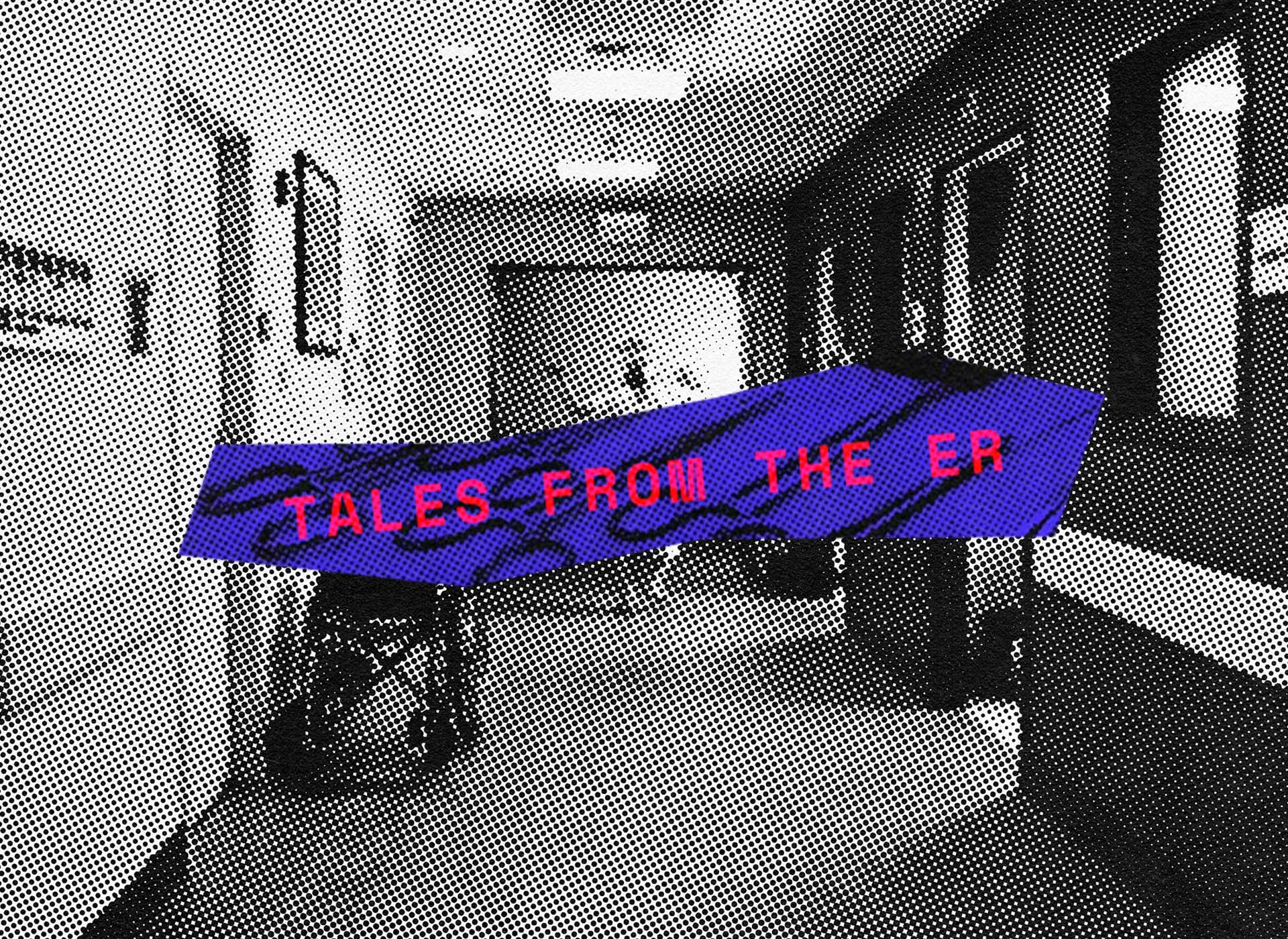
Tales from the ER #2
We Got a Runner!
“County ER this is Rescue 4, we are incoming from a nursing home with a 76-year-old male. He’s a COVID alert AND a stroke alert. He has baseline dementia so staff unable to say how altered he is, but last seen normal two days ago. Also has cough, fever, and shortness of breath. Oxygen is 92% on 4 liters nasal cannula. We’ll be at your back door in 5 minutes, over.”
Early reports from China on the clinical manifestations of COVID-19 focused on lung disease. However, for clinicians like myself, it became apparent very early in the pandemic that there were also blood clotting and neurologic issues in severe COVID-19 infections. Many scientists now believe that COVID-19 primarily damages blood vessels, causing dysfunction in the lungs, heart, brain, kidneys, etc. That explains why this nursing home resident coming to the ER was experiencing altered mental status and difficulty breathing.
I recall this patient very well. When EMS arrived, he was breathing heavily but looked sleepy at the same time. His oxygen levels bounced around from 89-95%, so we kept him on the supplemental oxygen through his nose, rather than escalate respiratory support. Fortunately for this patient, it was mid-2020 and early intubation had fallen out of favor, at least in my hospital. It was still early enough in the pandemic, however, that I had to argue with the radiology technicians about doing a computed tomography (CT) scan of his head to evaluate what was causing his altered mental status. Until the Delta wave in 2021, many hospital personnel were quite choosy about whether they would come into contact with a COVID-19 patient. In the ER, of course, we had no such luxury of choice. I told the techs they could leave the room while we put the patient in the scanner and figured out what buttons to push ourselves. They relented.
In the ER we joke about CT scans emitting “therapeutic radiation,” and this patient did become more awake after the CT. No brain bleed on the imaging, and he was fairly stable, so I went off to make a host of phone calls to neurology, the hospitalist, and his family to confirm his baseline mental status and update them on a likely hospital admission. Meanwhile, in and out of his dark, closed-door room went masked, gowned, and gloved nurses drawing blood and tinkering with his oxygen support. As the patient became more and more alert, to him it must’ve seemed like a bunch of evil scientists from some horror film were poking and prodding him. Making matters worse was the TV in his room was set on our default hospital channel, with creepy and tone-deaf public service announcements about lockdowns, social distancing, and hospital visitor restrictions. The patient in his COVID-19 and dementia-induced haze looked around an unfamiliar and bizarre environment and must’ve thought he’d been kidnapped by aliens.
“Sir! Sir! STOP! Get back in your room! You have COVID!!”
When the charge nurse started yelling, I looked up from being on hold on the phone to see the man standing outside his room in the ER hallway. Wearing his hospital gown completely open in the back and barefoot, his IV was dripping blood, and the nasal cannula tubing had been ripped from the oxygen port and was twisted around his neck. He looked scared, darting his eyes around wildly. It was mere seconds before he tore off his hospital gown and took off running completely naked down the ER hallway.
“Go stop him! Call security!”
Charge nurses, the medical Karens, live for moments like this. To the patient’s credit, he made it as far as the ER waiting room where the security guard posted at the entrance quickly stopped him and escorted him back into the ER. The patient’s naked, COVID-positive appearance in the waiting room caused more than a few people to reassess their emergent need for medical care and leave. And the patient’s sprint down the hall confirmed for me that his oxygen needs were minimal.
All joking aside, the instinct of this nursing home resident with dementia to literally run away from our medical system was correct. We in the ER had become so used to our dystopian doctoring in space suits that we failed to anticipate how terrifying the situation looked to the patient. Beyond terrifying appearances, the odds of medical care doing more harm than good are also scary. That was true before the COVID-19 pandemic, and very true during the COVID-19 pandemic. Fortunately for this patient, he only suffered from the lack of logistical support for nursing home survivors of COVID-19. He was admitted to the hospital and required oxygen for 5 days. He stayed in the hospital for 4 weeks, however, because he couldn’t go back to the nursing home until he had 2 negative COVID-19 tests 48 hours apart, and there was simply nowhere else for him to go.
